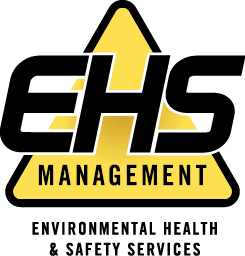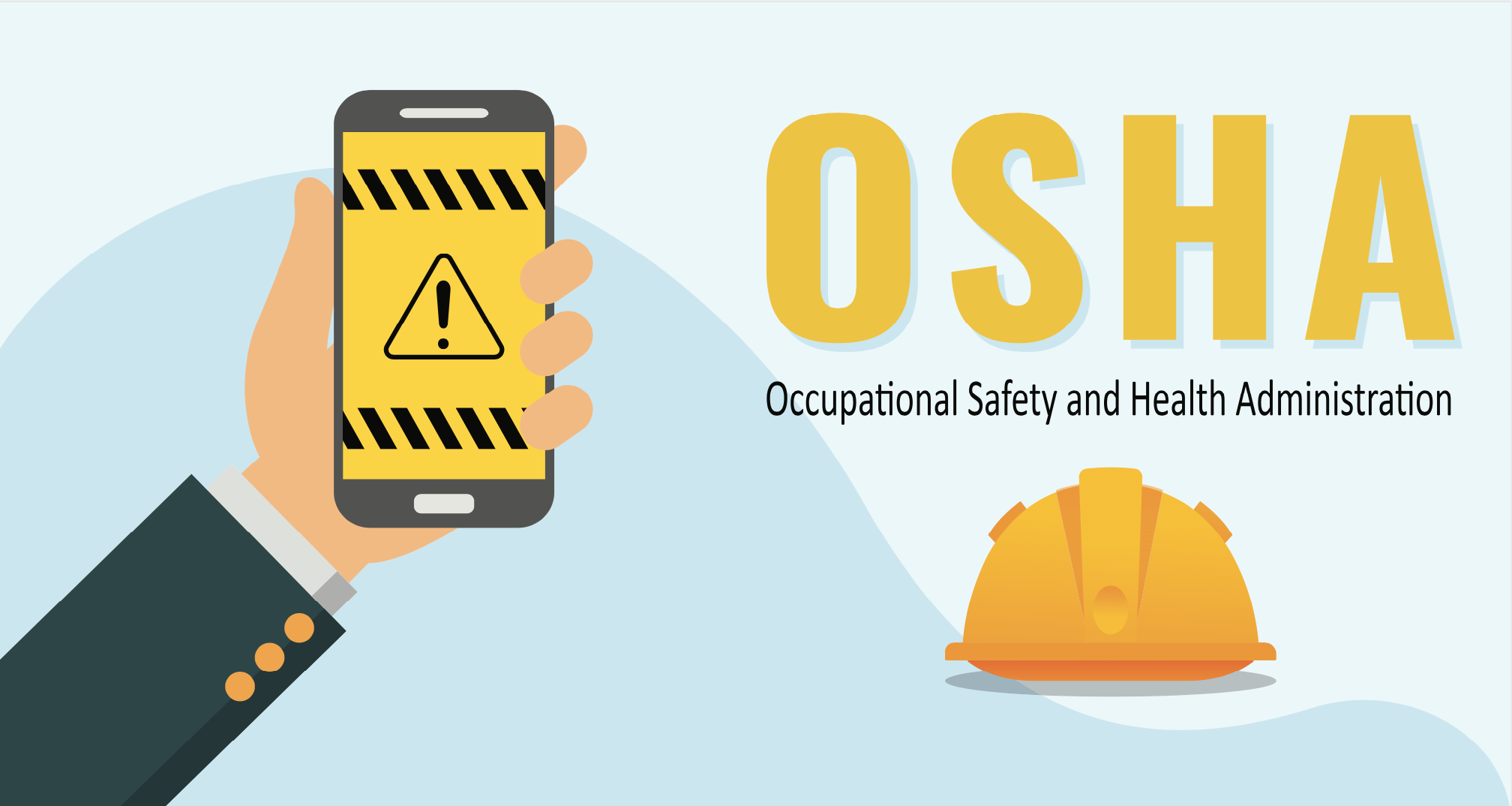As an employer, you know that OSHA compliance is important for your business, however, it can be intimidating to make sure that your safety requirements are to OSHA standards. Here’s a few tips that might be helpful when you’re putting together your OSHA compliant safety program at your business or organization.
Before we get started, we recommend referencing OSHA.gov for more information.
OSHA compliance requirements are slightly different depending on your industry. We will outline some of the basics for three primary industries, General Industry, Construction, & Health Care.
OSHA compliance standards for General Industry – Manufacturing, Wholesale, & Retail Establishments
These are the compliance standards that apply to most General Industry.
- Hazard Communication Standard. This standard is designed to ensure that employers and employees know about hazardous chemicals in the workplace and how to protect themselves.
- Emergency Action Plan Standard. Emergency Action Plan describes the actions employees should take to ensure their safety in a fire or other emergency situation.
- Fire Safety. A plan is mandatory when required by an OSHA standard.
- Exit Routes. All employers must comply with OSHA’s requirements for exit routes.
- Walking/Working Surfaces. OSHA issued a final rule on November 18, 2016 on walking-working surfaces and personal fall protection systems to better protect workers in general industry from these hazards by updating and clarifying standards and adding training and inspection requirements.
- Medical and First Aid. OSHA requires employers to provide medical and first-aid personnel and supplies commensurate with the hazards of the workplace.
Depending on the specific tools used in your business, you may be required to follow additional standards. The Manufacturing industry has several additional standards that help you keep your employees safe. The above is not an exhaustive list. If you are unsure whether these requirements apply to your business, let us know! We are happy to help you put together a compliance plan and training that works for you.
OSHA compliance standards for Health Care Employers – Hospitals, Clinics, Dental Offices, Out-Patient Surgery Centers, Birthing Centers, Emergency Medical Care, Home Healthcare, & Nursing Homes.
These are the key OSHA standards that apply to many health care employers.
- Hazard Communication Standard. Employers with employees who may be exposed to hazardous chemicals in the workplace must prepare and implement a written Hazard Communication Program and comply with other requirements of the standard.
- Bloodborne Pathogens Standard. Employers subject to this standard must develop a written exposure control plan, provide training to exposed employees, and comply with other requirements of the standard.
- Ionizing Radiation Standard. This standard applies to facilities that have an x-ray machine. It requires affected employers to conduct a survey of the types of radiation used in the facility, including x-rays, to designate restricted areas to limit employee exposure, and to require employees working in designated areas to wear personal radiation monitors. In addition, radiation areas and equipment must be labeled and equipped with caution signs.
- Exit Routes Standards. All employers must comply with OSHA’s requirements for exit routes.
- Electrical Standards. OSHA’s electrical standards include design requirements for electrical systems and safety-related work practices. If you use flammable gasses, you may need special wiring and equipment installation.
- Emergency Action Plan Standard. An Emergency Action Plan describes the actions employees should take to ensure their safety in a fire or other emergency situation.
- Fire Safety Standard. OSHA recommends that all employers have a Fire Prevention Plan.
- Medical and First Aid Standard. OSHA requires employers to provide medical and first-aid personnel and supplies commensurate with the hazards of the workplace.
- Personal Protective Equipment (PPE). Employers must perform an assessment of each operation in their workplace to determine if their employees are required to wear PPE.
OSHA compliance standards for Construction Industries – OSHA’s regulations define construction work as “construction, alteration, and/or repair, including painting and decorating.”
These are the key OSHA standards that apply to many construction based entities.
- Falls. If you have employees who work six or more feet above a lower level, you must provide fall protection.
- Stairways and Ladders.
- Scaffolding.
- Electrical. Almost all construction employers must consider the hazards associated with electricity (i.e., electric shock, electrocution, fires and explosions).
- Trenching and Excavation.
- Motor Vehicle Safety/Highway Work Zones.
Many of these factors may seem like common knowledge, however, neglecting to prepare & comply with safety standards could result in major issues for your business and compromise the safety of your most valuable asset, your employees.
To ensure that your business is able to operate smoothly and safely, please contact us to discuss your business needs and if EHS Management might be a good fit for your business.

